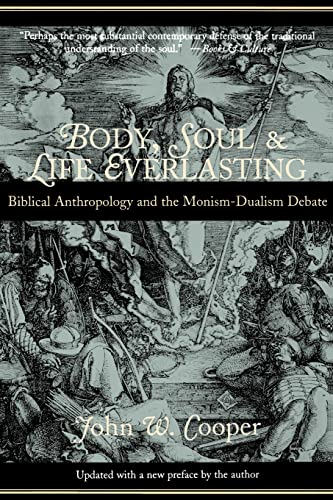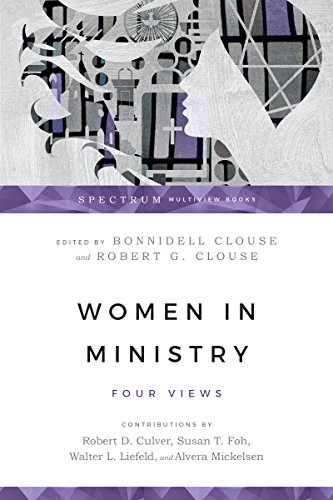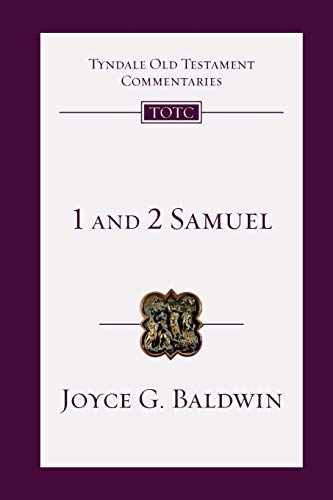The motivation for this work is found not in what information is lacking in its comprehensive predecessors (Schürmann, Marshall, and Fitzmyer), but in a desire to address a different audience: ‘the fledgling student, the working minister, and colleagues in the guild of professional scholars and teachers as well’. For this crowd, Dr Nolland has produced a very usable commentary, and for this work we owe him a debt of gratitude.
On the positive side, several points favour this book.
First, this commentary demonstrates a good mix of research in old and new literature. The names Cadbury, Foakes-Jackson, Lake, Schlatter, Godet, and Loisy appear frequently in this work. At the same time, the author is well acquainted with recent works, some of which made it to press just too late to be included in the discussion. Similarly, Dr Nolland is well acquainted with German and French authors, and has kept abreast of theological developments in those two literary spheres. At the same time, he has confined his discussions primarily to English.
Second, one of the finer contributions of this commentary is the original translations that are given. They are, generally speaking, both technically accurate and at the same time demonstrate a smooth flow of language. The notes and comments that follow are based on the translations and illuminate them.
Third, elsewhere Dr Nolland has laboured to develop and defend the thesis that the typical first-century reader of Luke/Acts was a God-fearer, who was not Jewish by birth. This type of person, whose cultural background was usually Hellenistic, was attracted to Judaism, to the God of Israel, and to the worship of the synagogue. God-fearers of this variety had taken on the religious and ethical values of their Jewish mentors, but had not yet taken the final step of circumcision. Nolland is quite possibly correct in asserting that Luke himself fitted this description, but even if the writer of the third gospel was more heavily affected by Jewish influences than contemporary interpreters have allowed, how many other first-century people fell into this category? A very small minority is the typical answer to be expected from the academic community. If, however, Nolland’s assumption is true, Luke would not have addressed his gospel to such a minority, and yet have enjoyed such wide (universal) acceptance as a major gospel, unless this minority was a majority. After all, if Luke writes for a wider audience than Theophilus alone, then we would expect him to deal not only with issues such as entry into the faith, but also with the comprehensive needs of his fellow believers. Dr Nolland may be on to something here.
Fourth, the author has a knack for introducing controversial issues objectively without taking sides. The synoptic problem is an example of this. In the introduction, mention is made of the hypothetical Q document and the original use of it by Matthew or Luke. The author then invites his readers to ‘make their own assessments of judgments of this kind which appear from time to time in this commentary’. Oddly enough, he also introduces the Griesbach hypothesis, not by mentioning Griesbach by name, but rather W.R. Farmer. He then offers two brief reasons why this hypothesis has not persuaded his thinking. First, the way in which Mark must have edited Matthew in order for Griesbach to be true is strange indeed. Second, the assumption of Markan priority ‘has produced scholarly work that has cumulated an increasingly credible analysis of the Matthean and, especially, of the Lukan text’. On the one hand, his rather indirect support for Markan priority and possibly a Q document might appear to be a soft-pedal that lacks the courage to take a bold stand. On the other hand, however, this tact can also be seen as the wisdom of a scholar who has come to a decision on an issue and puts forward that decision as a working hypothesis rather than rehearse a plethora of details that have, over the course of decades, produced no universally acceptable solution. This work is a commentary on Luke, not a treatise on the synoptic problem. Some assumptions must be made at the outset, or else the work will never be completed.
Fifth, Dr Nolland takes a sober view of introductory issues. Although he confesses that the case for Lukan authorship is not clear-cut, he affirms it on the grounds that no decisive arguments can be made against it. He also takes the view that Luke was a companion of Paul and not his disciple, which accounts for their differences in theology. The ‘We’ sections of Acts are ‘best explained as indicating the personal presence of the author’. And Luke wrote the gospel before Acts, but had the writing of Acts, and the Gentile mission, in mind when he wrote the gospel, as is implied at Luke 2:32.
Nolland’s logic for dating the gospel depends on the importance of the Jewish setting for Luke/Acts. Since Nolland places a heavy emphasis on the significance of the Jewish setting for Luke/Acts, an early date follows. He asserts that Luke must be later than Mark, yet earlier than the gathering of Paul’s works into a single corpus and dissemination in the church. He sees no large passage of time between the dates of composition of Luke and Acts. The end of Acts he dates by chronology at about ad 62, therefore Luke can be no earlier than ad 62. Loyalty to the temple and Luke’s degree of focus on that structure counts for a date not much later than its destruction. Therefore, he opts for a date in the late 60s to late 70s, but it is ‘… not possible to be rigid …’.
On the negative side of this assessment, several points can be mentioned.
To begin with, the format for this series is unacceptable for a work of this magnitude. Commentaries in the series are broken down into the following sections: Notes, which are concerned with textual witness; Bibliography and Form/Structure/Setting, which deal with modern scholarship; and Comment and Explanation, which are concerned with the exposition of the passage’s meaning and relevance to the ongoing biblical revelation.
The series tries to strike a middle ground between pastoral literature and academic material. In an attempt to please everybody, one often runs the risk of pleasing nobody. This format might work with the smaller books of the NT like Philippians, where issues can be addressed adequately in 450 pages (900 for the two volumes). With Luke, however, one must consider the relationship to the other synoptic gospels. Also, Luke has more in common with John than the other synoptics, so John must also be considered at the appropriate moments. Further, Luke was written in conjunction with Acts, therefore Luke/Acts requires additional thinking for continuity of thought. Additionally, ever since 1966, when van Unnik had the good fortune of coining the phrase ‘Luke/Acts: A Storm Center in Contemporary Scholarship’ (and incidentally did not do much with the third gospel after that), much ink has been spilled over Luke’s gospel, not to mention the last century. How can one address a full spectrum of issues within such a limited format? The blame for this inadequacy, however, should not be handed to Dr Nolland. The responsibility belongs to the series’ editors.
John Nolland is certainly acquainted with the major issues in Lukan study. That is obvious from reading his bibliographies. But, as was mentioned above, he seldom takes sides, which can be seen as a mark of wisdom when dealing with unresolvable controversies such as the synoptic problem. Perhaps this is necessary when one wishes to remain objective. It would, however, be comforting to see more in-depth interaction with the current arguments. For example, during the discussion of the Nazareth pericope at Luke 4:16–30, the author has ample opportunity to discuss liberation theology, structural analysis, lectionary hypotheses, and Luke’s supposed anti-Semitism, and the significance of these issues. He chooses rather either to remain silent on these issues or to mention them only superficially.
So also, in dealing with the history-versus-biography genre issue, Dr Nolland gives the impression at some points that he is persuaded by one side, and at other points by the other. He does affirm that Luke is not a biographer only, but a theologian in his own right. This statement, however, does not settle the issue. The evangelists have been seen as theologians ever since the advent of redaction criticism.
The most glaring departure from scholarly consensus is Nolland’s decision to subdivide Luke’s gospel at 9:20. This decision, in my opinion, is a mistake. His reason for doing so is to highlight Peter’s confession. All of 9:21–50 is then seen as transitional material, which is a very large transition indeed. It is difficult to believe that Luke had this division in mind when he organized his material. Although Peter’s confession is an important moment for the synoptic writers, for Luke, Jesus’ resolve to travel to Jerusalem at 9:51 has been anticipated since the mention of this ‘exodus’ during the transfiguration at 9:31, and will be held as an unresolved tension throughout the central section, until Jesus actually enters the temple at 9:45–48. Luke clues his readers that 9:51 is a monumental moment by the use of septuagintal language, which reminds the reader of holy history from the OT. The construction he employs is Ἐγένετο (δέ), with ἐν τῷ plus the infinitive followed by καὶ (αὐτός) and a verb in the indicative. This construction is used over 500 times in the καὶ (αὐτός) For Luke, 9:51 must be seen as a pivotal point in history.
This small number of negative criticisms should not hold sway over the many positive features of this work. Dr John Nolland has demonstrated an admirable amount of industry in producing this volume and deserves our commendation for a job well done in producing a usable commentary on the third gospel. This commentary is destined to find a well-deserved place on the shelves of evangelical students, pastors, and teachers. We look forward enthusiastically to volume 2.
Mike Nola
Holden, Mass.







